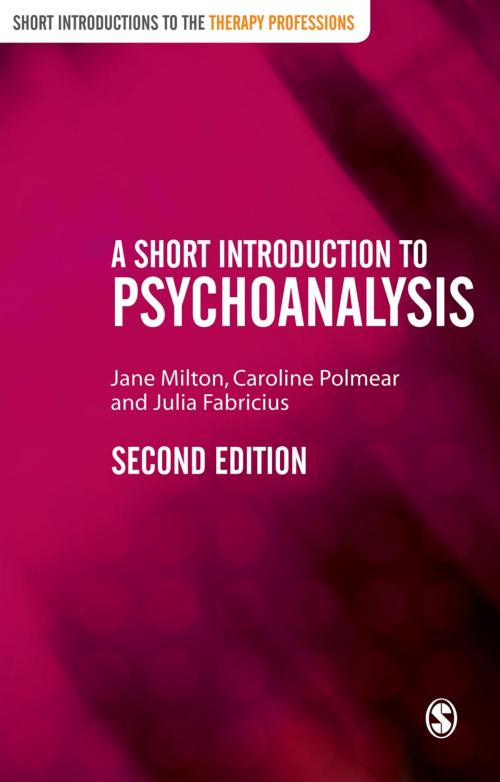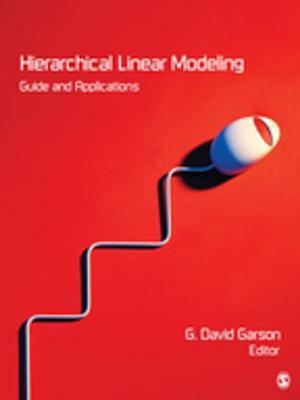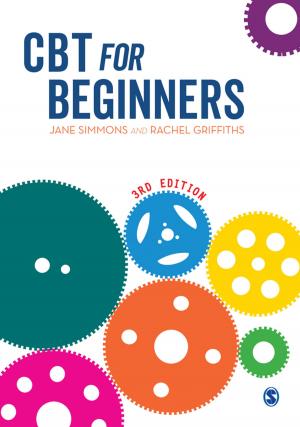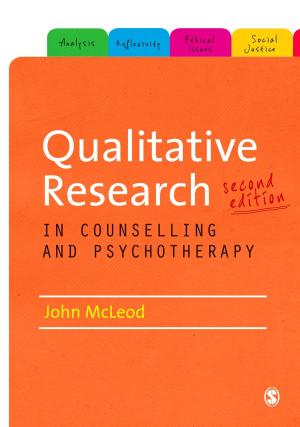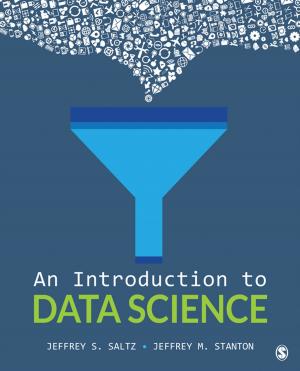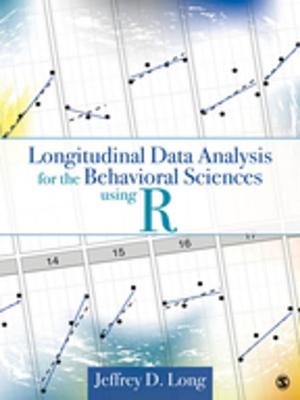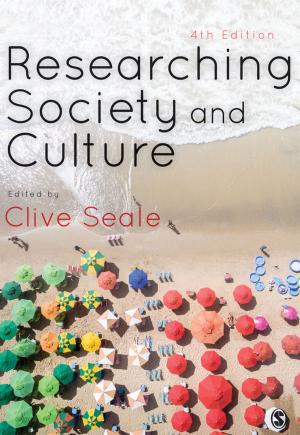A Short Introduction to Psychoanalysis
Nonfiction, Social & Cultural Studies, Social Science, Human Services, Health & Well Being, Psychology, Psychoanalysis| Author: | Jane Milton, Caroline Polmear, Ms Julia Fabricius | ISBN: | 9781446241127 |
| Publisher: | SAGE Publications | Publication: | March 10, 2011 |
| Imprint: | SAGE Publications Ltd | Language: | English |
| Author: | Jane Milton, Caroline Polmear, Ms Julia Fabricius |
| ISBN: | 9781446241127 |
| Publisher: | SAGE Publications |
| Publication: | March 10, 2011 |
| Imprint: | SAGE Publications Ltd |
| Language: | English |
Electronic Inspection Copy available here
"The best simply got better. The first edition of this book was already quite simply the best introduction to psychoanalysis ever written and has been appropriately extremely popular with teachers and students alike. The thoroughly updated second edition retains all the powerful features of the first including its remarkable clarity and accessibility. The field will be greatly indebted to these authors for many years." - Professor Peter Fonagy, University College London
A Short Introduction to Psychoanalysis offers a user-friendly introduction to arguably the most misunderstood of all the psychological therapies. This fully updated and revised second edition explains what psychoanalysis really is and provides the reader with an overview of its basic concepts, historical development, critiques and research base. Demonstrating the far reaching influence of psychoanalysis, the authors - all practicing psychoanalysts - describe how its concepts have been applied beyond the consulting room and examine its place within the spectrum of other psychological theories. The text is enlivened by numerous clinical examples.
New to this edition, the book
o discusses parent infant psychotherapy and mentalization-based therapy (MBT)
o further investigates psychotherapy in the NHS and the IAPT programme, with more on the debate between CBT and analytic approaches
o includes more on dreaming and attachment theory, with added examples
o includes new research studies and addresses the new field of psychosocial studies.
This down-to-earth guide provides the ideal `way-in' to the subject for new trainees. For anyone thinking of becoming a psychoanalyst, the book also provides information on the training process and the structure of the profession.
Electronic Inspection Copy available here
"The best simply got better. The first edition of this book was already quite simply the best introduction to psychoanalysis ever written and has been appropriately extremely popular with teachers and students alike. The thoroughly updated second edition retains all the powerful features of the first including its remarkable clarity and accessibility. The field will be greatly indebted to these authors for many years." - Professor Peter Fonagy, University College London
A Short Introduction to Psychoanalysis offers a user-friendly introduction to arguably the most misunderstood of all the psychological therapies. This fully updated and revised second edition explains what psychoanalysis really is and provides the reader with an overview of its basic concepts, historical development, critiques and research base. Demonstrating the far reaching influence of psychoanalysis, the authors - all practicing psychoanalysts - describe how its concepts have been applied beyond the consulting room and examine its place within the spectrum of other psychological theories. The text is enlivened by numerous clinical examples.
New to this edition, the book
o discusses parent infant psychotherapy and mentalization-based therapy (MBT)
o further investigates psychotherapy in the NHS and the IAPT programme, with more on the debate between CBT and analytic approaches
o includes more on dreaming and attachment theory, with added examples
o includes new research studies and addresses the new field of psychosocial studies.
This down-to-earth guide provides the ideal `way-in' to the subject for new trainees. For anyone thinking of becoming a psychoanalyst, the book also provides information on the training process and the structure of the profession.
